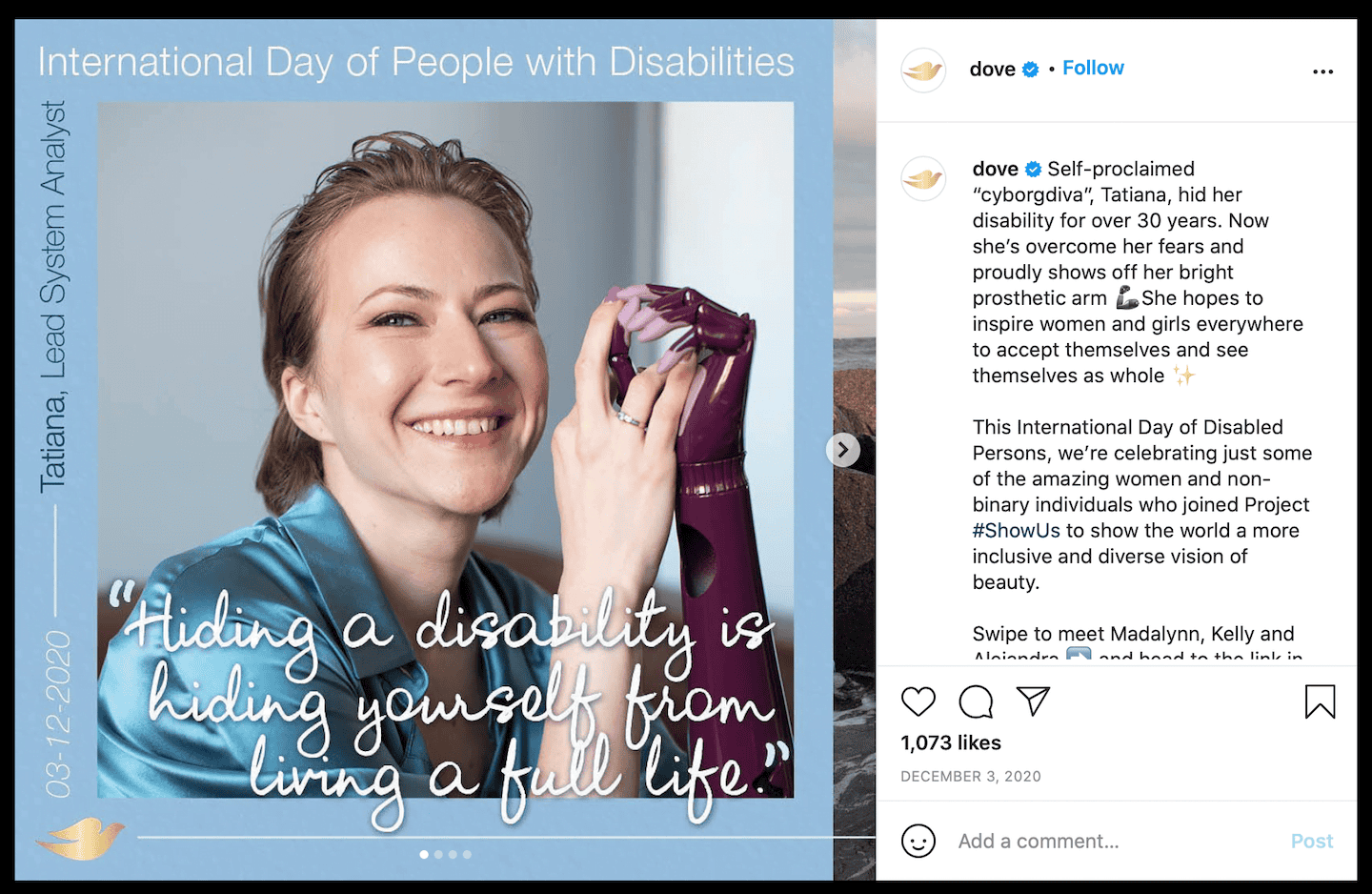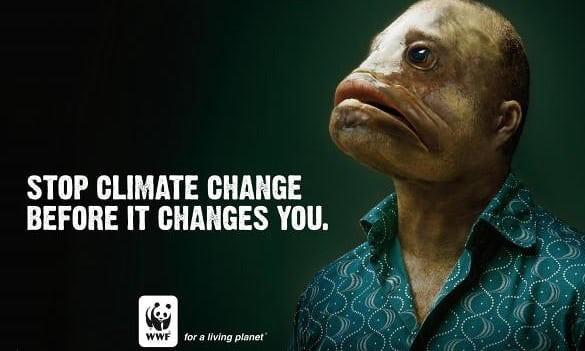In today’s saturated digital market space, there is a greater need for brands to set themselves apart from the crowd. One effective way to achieve that is through branded content.
[playht_player width=”100%” height=”175″ voice=”Mark”]
Branded content is immediately recognizable and keeps the brand’s identity fresh in the viewer’s mind. Unsurprisingly, the brand recall for branded content is 59% higher than for ordinary digital ads.
Therefore, your brand must create compelling branded content as part of your content strategy. Below is a list of handy tips to help you create impactful branded content.
Identify and Research Your Audience
As opposed to traditional advertising, branded content resonates more with people. Why? Branded content highlights the values the brand stands for. As people’s purchase decisions are strongly driven by their values, brands must identify their audience and what they want.
It doesn’t matter if you want to market your eCommerce business, brick-and-mortar store, SaaS company, or any other type of business you can think of. If you’re using branded content, you need to know your audience first. When I say know your audience, I recommend going beyond the basic demographic information and exploring your target audience’s interests, goals, needs, etc.
A strategic way to do this is to build a professional audience profile. Through a combined process of research and data collection, you can build an accurate profile of your audience’s preferences and what drives them to purchase a particular product.
Below is an example of what an audience profile could look like.
As seen in the picture above, the psychographics of your audience will constitute an essential part of their profile. Psychographics generally include their morals, values, attitudes, causes they support, interests, and personality type.
Overall, having the correct demographic and psychographic information of your target audience allows you to enhance your marketing strategy and tell a more compelling story with your branded content.
For example, looking at the customer persona above, we can identify several pain points we could explore while creating branded content. Look at the first challenge, for instance. The prospect struggles to generate engagements with their social media content. This could motivate us to create an actionable whitepaper on how to increase social media engagement across channels while working with a small team and a limited budget.
Doing so will ensure that our piece of content is not only helpful, but it resonates with the target audience. We’ll be tackling an existing problem. This gives the prospect a solution to their problem while introducing them to our brand. That’s a win-win for everyone.
Ensure Consistent Brand Voice
You must maintain a consistent brand voice across your website, social media, emails, and other channels. Don’t get us wrong—having a consistent brand voice doesn’t mean making similar content posts. It means having a distinguished and standard tone and style that immediately informs your customer that they are reading your brand’s content.
Take, for example, Dove’s brand voice. In all of their branded content, they focus on celebrating women’s natural beauty, shattering beauty stereotypes. The picture below shows an example from Dove’s user-generated content campaign on Instagram, with the hashtag #ShowMe.
As you can see, the tone of the caption is very friendly, semi-formal, and has an empowering angle. If you look across other content formats from Dove, you will notice that they have the same brand voice.
To figure out your brand’s voice, ask yourself what kind of language you want to use and what kind of tone you want to have or be associated with. You can use a style guide to refine your brand voice. Then keep it consistent no matter what type of content you create.
The benefits of all this? Your content will become easily recognizable. Maintaining a consistent brand voice will boost brand recognition and recall. That’s precisely what you want in a modern marketplace where brands are churning out the same types of content across all marketing channels. You need to stand out, and a consistent, distinct brand voice will help you with that.
Appeal to the Audience’s Emotions
Did you know that emotions play a significant role in marketing? The most successful marketers and content creators usually have in-depth knowledge of how they can leverage customers’ emotions to convince them to buy their products.
Interestingly, a study by Motista found that customers who have an emotional relationship with a brand are 71% more likely to recommend it to others.
Generally, branded content is heavily focused on creating an emotional connection with the target audience. What kind of emotions can you create with your branded content, and how? Here are a few examples.
Positive and uplifting – Everyone likes to hear good news. Right? This is why the standard trend is for customers to be drawn to branded content with a positive hook and uplifting message.
For example, the “Being Girl” campaign by Procter & Gamble had an empowering message for girls, which went viral. As a result, they witnessed fantastic customer engagement, and their YouTube video, “Always #LikeAGirl,” has more than 70 million views at the time of writing.
Fear and anger – A false assumption is that eliciting a negative emotion through branded content will drive your customers away. Well, don’t I have some news for you! There is a 38% chance that content that elicits anger will go viral.
For example, World Wildlife Fund uses terrifying images in their ad campaigns to draw viewers’ attention and prompt them to engage. Below is an example of one such image, which shows the future impacts of climate change.
Traditional advertising is much more rational and information-driven. Branded content has the scope for being emotion-driven. Use this to your advantage, and create content that can connect with your audience emotionally.
As you sit down to craft your branded content strategy, you’ll need to decide whether to go for a positive, uplifting emotion or elicit fear and anger. Think about what will work best with your audience and the solution you’re trying to offer.
Also, you don’t have to limit yourself to just one of the two. You may experiment with both emotions in different campaigns. But be sure to spread them apart and plan the campaigns accordingly to avoid confusing your audience.
Tell a Story
Branded content campaigns tell compelling stories, distinguishing them from run-of-the-mill native advertising. The storytelling must be compelling enough to convince potential customers to buy the product.
How does storytelling improve your online content? When you tell a story through your content, you usually trigger a biological response in the viewer. You will immediately capture the audience’s attention, increase their engagement with the content and elicit a powerful emotion that keeps them hooked. But it all comes down to how well-written your story is.
Here are a few tips on how you can have compelling storytelling that will retain the audience’s attention longer and connect with your customer base.
- Keep the story simple and easy to understand – Your advertising strategy should always be focused on conveying information simply and effectively. Tell a story that your audience can immediately understand and relate to. If it’s too complicated, they will simply scroll and move on.
- Focus on eliciting a powerful emotion – Yes, emotions again. Add emotions into your story for the best results. When Coca-Cola created its “Happiness Machine” brand video, it told a happy story through its ad. When telling a story through a branded content post or ads, target a specific emotion you want to elicit to help your brand connect with your audience.
- Create custom content with a personal touch – Creating personalized content should be a priority in your marketing strategy. Take, for example, the recent Gillette India ad. The ad told a moving real-life story of a young Indian engineer who left a high-paying job to create the world’s most affordable bionic arm. Personal content should add value to the viewer’s life, and the tone can be either educational or inspirational.
You could tell stories through a series of videos, user-generated content on social media, individual content pieces on your website, or practically any other type of content. Storytelling works perfectly, even for case studies.
However, remember to make your product placement as subtle as possible. The focus shouldn’t be too much on your product. Instead, it should be about a customer who had a pressing problem that was swiftly resolved through an effective solution. Your product should subtly come in when discussing the solution. This format is especially critical when creating case studies.
Make Shareable Content
When you create content to drive brand awareness and direct sales, it is imperative to make the content shareable. Whether you are a luxury brand catering to a chosen few or a brand that makes PC games for the mass, your content has to reach your intended audience.
Here are a few potential tips to help you make any type of content more shareable.
- Short videos and reels – Did you know you can maximize your brand awareness with high-quality videos? Videos, especially short ones made in interactive formats, are widely shared by users on social media. So you can make high-quality short reels for your brand that viewers can easily share.
- Influencer marketing – Influencer marketing is excellent for driving brand visibility. For example, if you are a brand that offers extreme sports packages, get an extreme sports influencer to share your branded content on their Instagram stories. You can find key influencers to promote your brand with the help of various digital tools, such as Grin or Creator.co.
Besides these two popular strategies, there are other ways to make your content shareable. Consider adding social share buttons to your emails, so your customers can easily share your content. You could also incentivize sharing by offering your customers some perks when they share your content on their social media.
Sometimes a strategy as simple as posting your content at the right time can increase the shares your content gets. Think about it. When you post your content or send your emails at peak hours, more people get to interact with it. That means more of them are likely to enjoy and share it with their audiences.
Therefore, think about the perfect time for sharing your content. You can track your analytics to figure this out. Then, enhance your content plan based to ensure your pieces get sent out at that time. And don’t underestimate the impact of asking your existing audience to share the content with their friends.
Be Authentic
Every brand we have spoken about so far has presented authentic, high-quality content. Authenticity is a key metric that customers refer to when talking about a brand they trust. This is why authenticity must be a significant feature of your brand’s central personality.
For starters, develop an original story showcasing your brand values. Keep it simple and fuss-free, inclusive, and respectful. Ensure you do not copy another brand’s story. Secondly, do not blindly follow trends or drastically alter your brand image. Customers value continuity, so your brand identity must remain consistent in every consequential branded content.
Above all, be transparent about what your brand stands for. For example, if you make sustainable products, highlight your sustainability values in your branded content to connect with an audience that cares about sustainability.
Final Thoughts on Branded Content
Branded content marketing is a compelling type of marketing that will help you distinguish your brand from your competitors.
The first step is to identify your target audience and understand their preferences. Next, you must develop a brand voice and remain consistent across all your content verticals. Each branded content you share must tell a story and connect with your audience emotionally at a deeper level.
Finally, focus on making your content shareable and stay authentic in all that you do.
With the right mix of emotion and education, you can create awesome branded content for your viewers!





